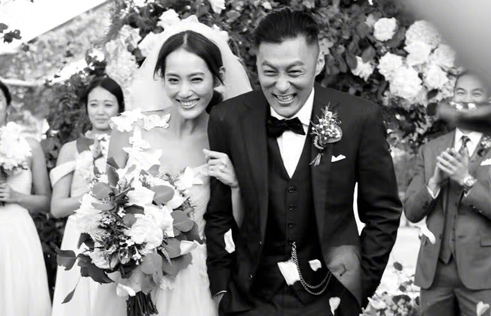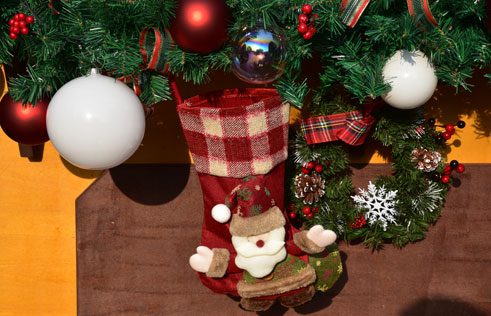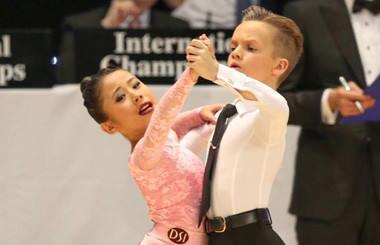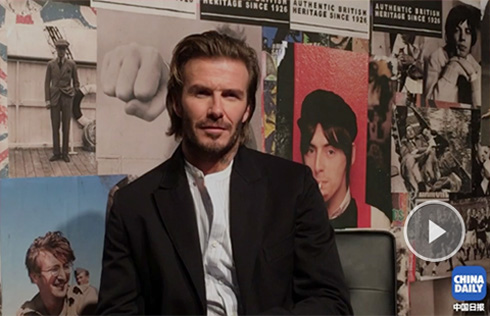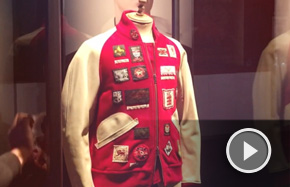Mongolian medicine and its healers
|
Left: Bai Haishan, a clinic head in Yehtal town, introduces the making of Mongolian medicine. Right: Part of an ancient medical text preserved at the Traditional Mongolian Medicine Research Institute in Tongliao. |
 |
| Seasonal flu prevention tips |
 |
| Healthy Spring Festival recipes in flu season |
Similar to traditional Chinese medicine, traditional Mongolian medicine also relies on herbal remedies, with prescriptions made into pills rather than the herbal infusions used in TCM, according to Qi Shuangshan, head of the TMM Research Institute in Tongliao.
Qi says most scholars agree that traditional Mongolian medicine started around the 11th century, strongly influenced by Tibetan medicine from the lama temples.
Because of the close connections between Tibetan Buddhism and Mongolian culture historically, almost all major classic TMM texts were originally written in Tibetan.
The research institute in Tong - liao was established in 1980 to collate and catalog TMM literature around the country scattered by the destruction of the "cultural revolution" (1966-76).
The institution has successfully preserved 388 sets of ancient Mongolian medical books, the largest collection in Inner Mongolia.
To support ongoing research and translation, the institute opened its doors to the public, as a hospital.
"Mongolian medicine is good at curing illness from complicated conditions, but its efficiency cannot compete with modern medicine in some common diseases," Qi says. "That explains why its importance has been overlooked."
Nevertheless, TMM remains a welcome therapy among local residents largely because of its affordability, says Sha Liping, deputy director of Tongliao municipal health bureau and the head of the municipal administrative office in charge of TMM and TCM.
According to the bureau's statistics, 129,000 outpatients sought treatment at a TMM hospital in the city's southern county-level administrative region of Hure Banner in 2012, 33,800 more than the banner's major general hospital.
The average cost for an outpatient at Tongliao's six TMM hospitals in 2012 is about 80 yuan, 40 percent less than local general hospitals, while average hospitalization expenses total 3,000 yuan each person, 29 percent less than general hospitals.
Tongliao also has about 30 public TMM clinics all over the city.
Yehtal town clinic in Horqin Left Wing Rear Banner is one of the biggest. Established in 1954, it cares for more than 30,000 local residents.
The clinic prepares all prescriptions for patients and the medicine is used only within the premises as a result of stringent regulations passed in 2002. Only seven clinics in Tongliao are allowed to make the medicine.
Yehtal town also has 14 regular Mongolian medical practitioners who shuttle from one village to another to provide emergency services.
"We organize training regularly for these village doctors, because the traditional master-apprentice schooling method can no longer meet the demand," says Bai Hai-shan, the head of the clinic at Yehtal town.
"Although there have been several graduates from medical colleges coming here in the past few years, it takes a long time to turn them into skillful Mongolian doctors. The relatively low pay is also an obstacle."
"We are working to establish a series of national standards for TMM pharmacology, therapy, and medical devices," says O Ulziy, dean of the TMM College at Inner Mongolia University for the Nationalities based in Tongliao.
"As Mongolian herbal medicine becomes rarer, cultivation of the herbs is also necessary to better protect the natural grasslands."
There are only five specialized TMM pharmaceutical factories in China, two of which are in Tong - liao, including the first in the country, founded in 1957. The city recently established a 133-hectare plantation of Mongolian medical herbs to reduce reliance on external sourcing.
China's market of Mongolian herbal medication was just 800 million yuan in 2012, according to O Ulziy.
He estimates the number will rise to 15-20 billion yuan by the end of 2015, but still considers it a fledgling industry compared to TCM's 335-billion-yuan-market in 2011.
Related: Healing traditions go abroad








